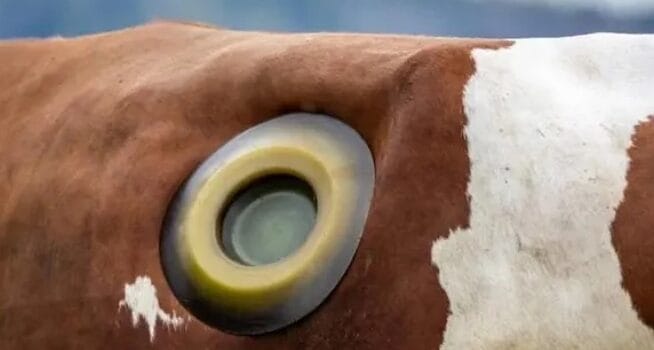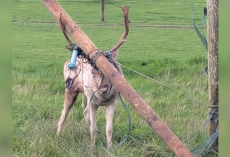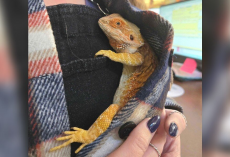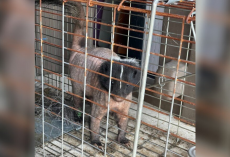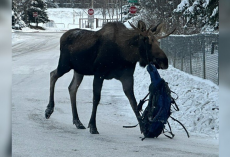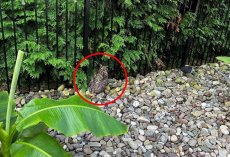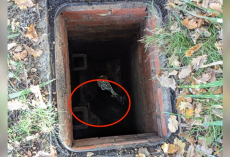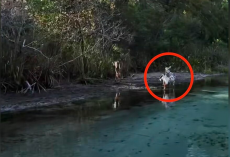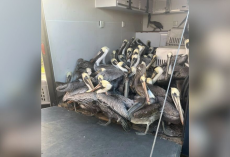When you hear the word porthole, you probably picture the round windows on a ship or airplane. But in the world of agriculture and veterinary science, “portholes” can mean something entirely different — and far more surprising.
For nearly a century, farmers and researchers have surgically installed cannulas, also called fistulas or portholes, into the sides of cows. These devices provide direct access to the animal’s stomach for research and medical purposes — and the practice is both groundbreaking and controversial.
What Is a Cow Porthole?
A cow porthole is a surgically implanted rubber or plastic ring that opens into the cow’s rumen — the largest chamber of its multi-chambered stomach. The porthole allows scientists to observe digestion in real-time, collect samples, and even transfer healthy microbes from one cow to another in a process called transfaunation.
This allows researchers to study feed efficiency, test diets, monitor digestive health, and reduce reliance on antibiotics. It also gives veterinarians a non-invasive way to treat certain illnesses without subjecting the animal to repeated surgery or sedation.
A Practice Dating Back to the 1920s
The first known cannulated cow procedure was performed in 1928 at North Dakota Agricultural College. Since then, it’s been widely adopted in agricultural research to improve animal health and productivity.
For example, researchers have used portholes to track pH levels in the rumen throughout the day, helping farmers fine-tune feeding schedules to improve milk output and reduce methane emissions.

How the Procedure Works
Before surgery, the cow is fasted for 24 hours. During the procedure, the animal remains standing and is given a local anesthetic to numb the area. A small incision is made, and the cannula is inserted — providing a permanent, resealable opening into the stomach.
The procedure is invasive and requires a 4–6 week recovery period. Supporters claim that cows can live full, healthy lives afterward — often up to 15 years — without ongoing discomfort.
Why It’s Controversial
Not everyone agrees that this practice is ethical. Animal rights groups like PETA and L214 argue that the surgery is unnecessary and exploitative. They say that while the procedure benefits research and industry, it does little for the animal itself.
Critics also point to the public displays of cannulated cows at agricultural fairs, where visitors can reach inside to observe digestion firsthand. These events often spark outrage, with many seeing them as spectacles that normalize animal exploitation.

Are There Alternatives?
Yes — and they’re gaining traction. Some labs now use artificial rumen models to simulate a cow’s digestive system without using live animals. In Europe, instead of installing portholes, vets often extract stomach fluid through a long tube passed down the cow’s throat. While less invasive, some researchers argue it’s also less effective.
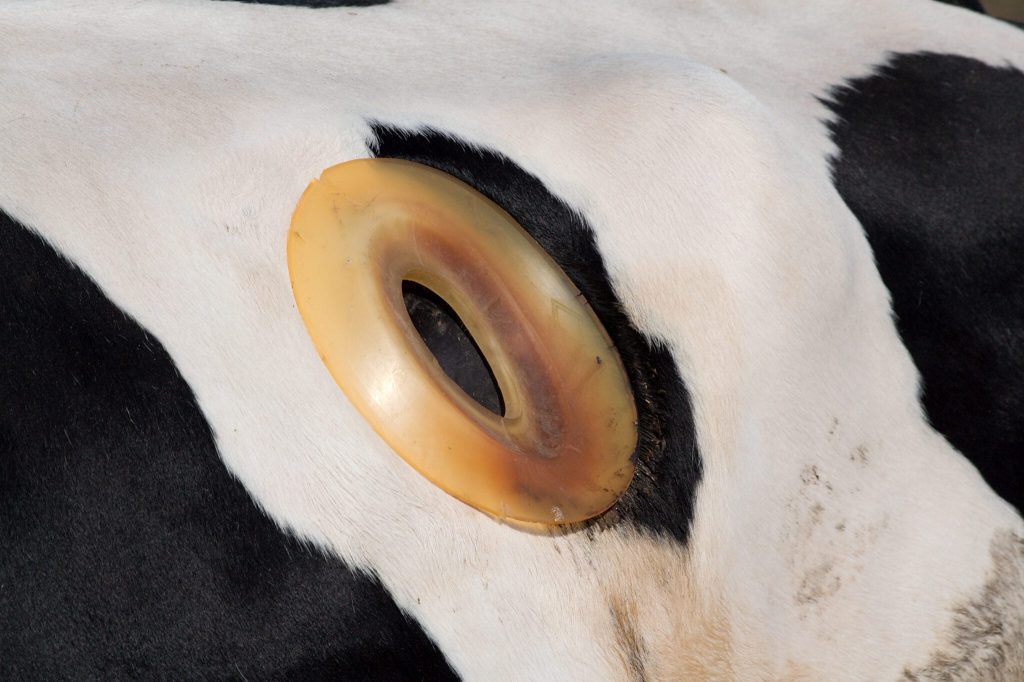
A Larger Ethical Debate
Ultimately, cow portholes highlight a broader conflict in animal agriculture: the tension between scientific advancement and animal welfare. Supporters believe cannulated cows have advanced our understanding of nutrition, health, and sustainability. Opponents say it’s time for more humane alternatives that don’t involve invasive surgery.
What’s your take — do portholes represent progress, or have we crossed a line?

